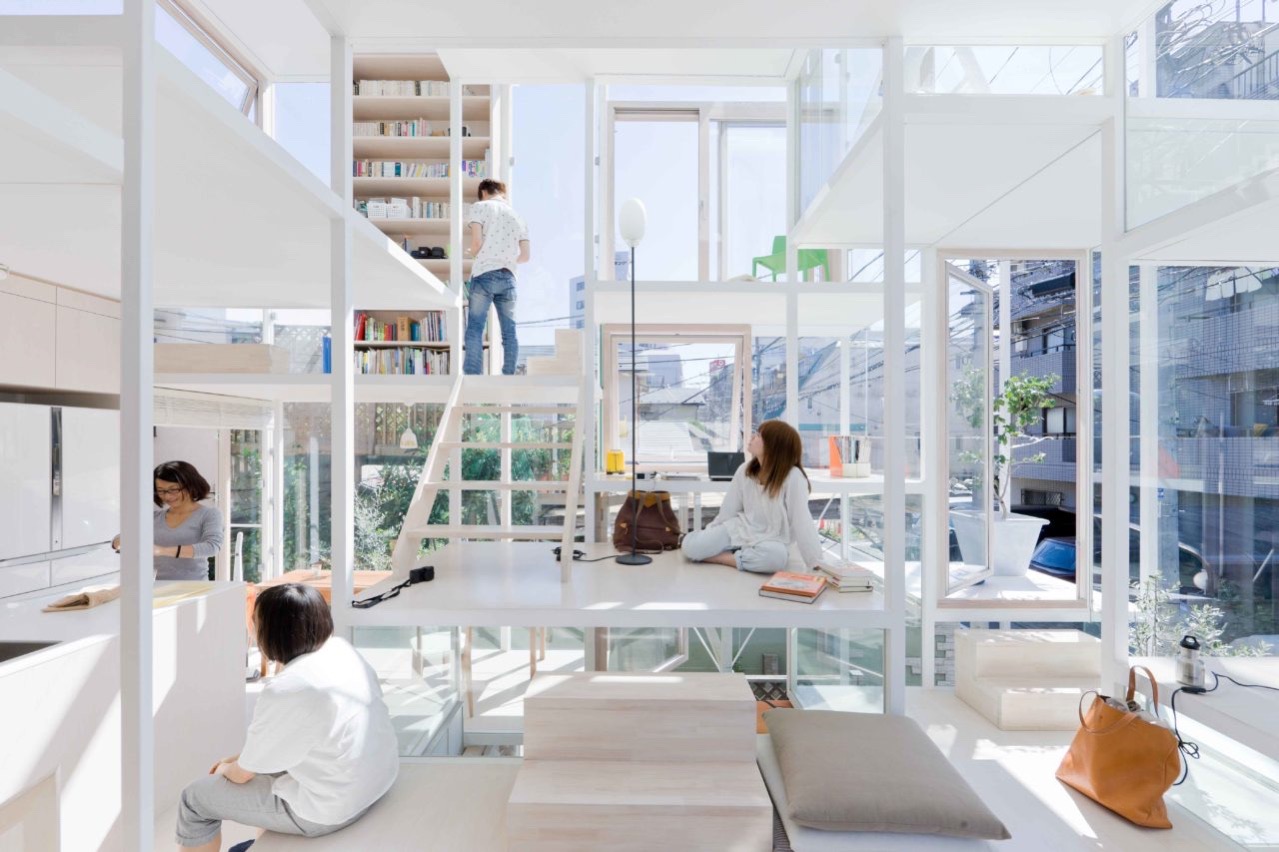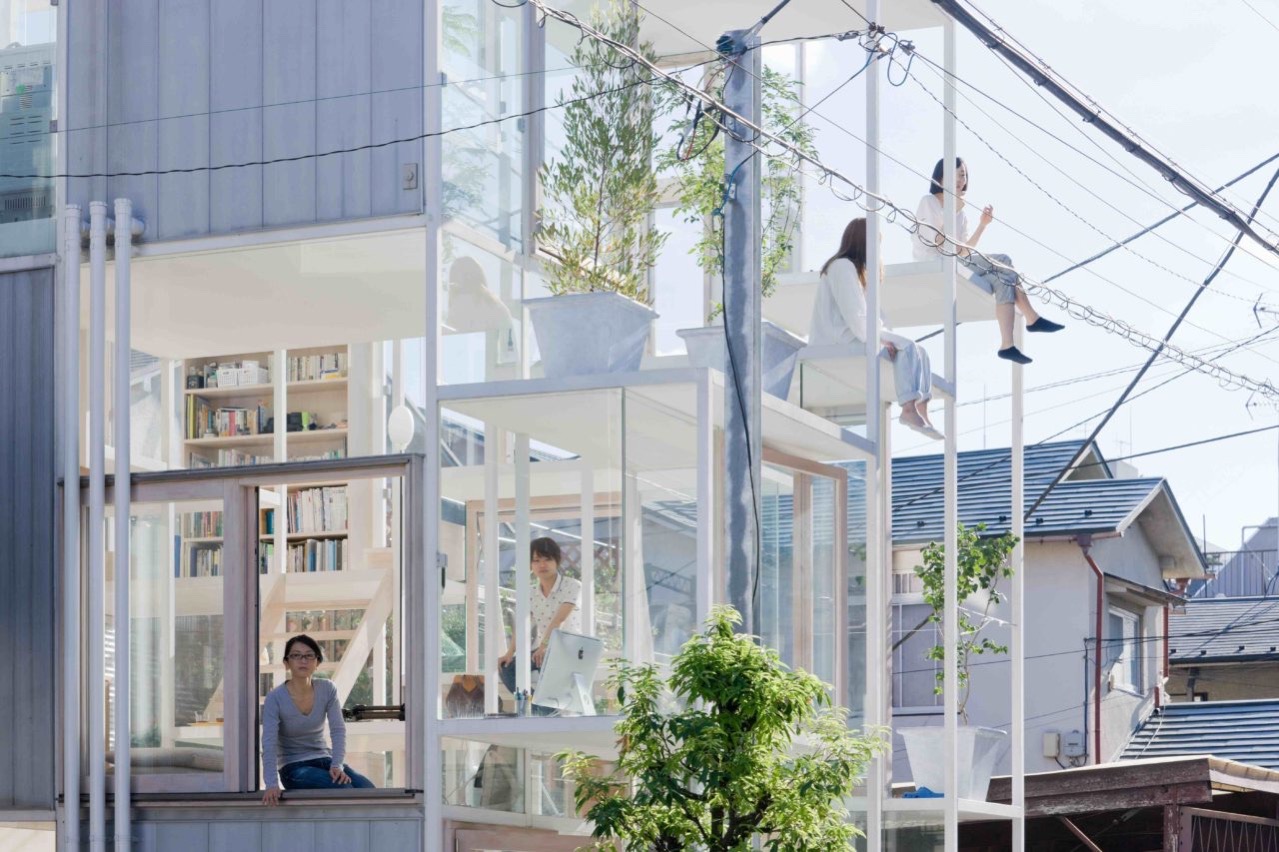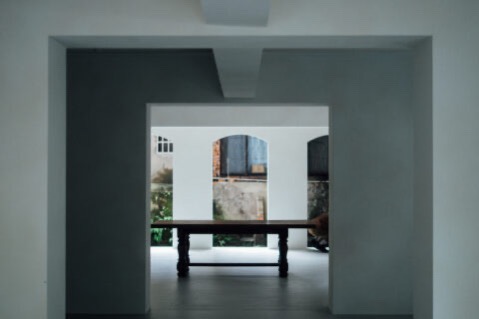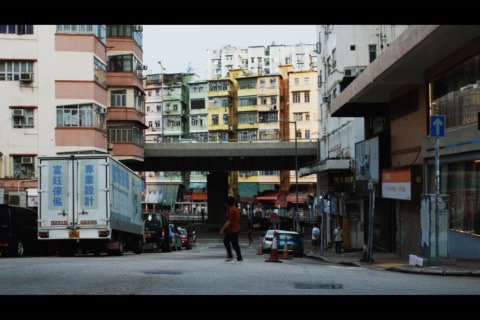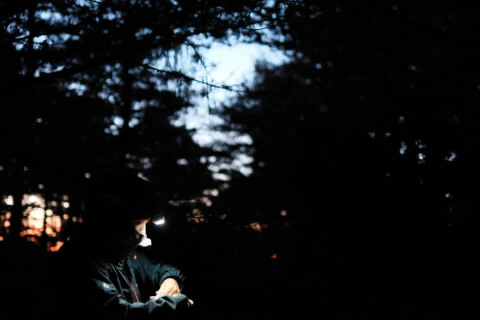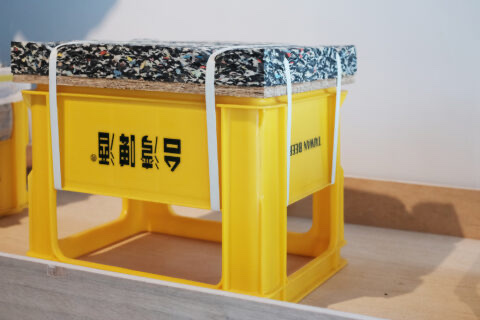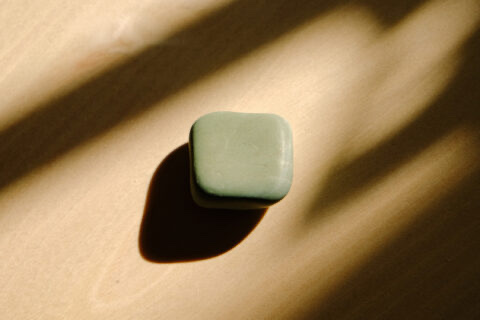
走在日本街頭,每遇到設計奇詭而浮誇的住宅建築設計,不期然猜想是在經濟泡沫時代建設——只有在那個時代,人們在有多餘的資金為建築物貼上如此多裝飾,以顯示自己的財力雄厚。
住宅的建築設計因著人們的生活習慣、社會的經濟狀況、美學標準等因素而不斷轉變。居於東京等日本大城市的人,是在1945年二戰結束以後,才有為自己買地建房子的觀念的。在這之前,他們多住在租借的住宅之中。但戰爭推倒大部分房屋,住宅嚴重短缺,無法依靠政府或少數的財團將之重建。為了解決住宅問題,日本政府推廣買地建家的政策,國民才漸漸開始懂得找建築師,設計出能切合自己生活風格的房屋。這形成日本一個有趣的建築文化現象:歐洲大部分著名建築師設計的住宅都是集合住宅,而日本的建築師卻多是個人宅邸。
東京國立近代美術館正在舉辦「日本之家,1945年以後的建築與生活」展覽,展覽56組建築師共同75件住宅建築作品,當中包括Antonin Raymond及丹下健三於1950年代為自己興建的宅邸、難波和彥設計,後來成為無印良品的「木之家」的籃本的「箱之家」、藤本壮介設計的全透明的「House NA」等等。從住宅建築風格的差異,我們似乎看到了不同時代裡,人們對生活的不同追求。
Strolling around Japan, it is easy to spot the loud and bizarre residential building from the Japan’s bubble economy. Only during that period of time would people put unnecessary spending on decorating buildings in an exaggerated manner, through which they desired to demonstrate the abundance of one’s wealth.
The design of housing is never static; it is a result of the calculation among way of living, economic condition, aesthetic and many other elements. 1945, the end of the Second World War was a turning point when people began to consider purchasing land to build their own houses. People who used to live in rented places faced a huge peril of housing shortage, as war inevitably destroyed most of the buildings. The government and corporates of this country recovering from war was incapable of rebuilding quick enough to meet the demand. To respond to this social challenge, the Japanese government promoted a new policy that encouraged people to construct on their own land. With the help of architects, the people learned to design houses that can well accommodate their own lifestyles. If one is curious why housings designed by the famous European architects are usually complexes, while the Japanese ones are mostly single-unit houses, this part of history was the reason behind this interesting phenomenon.
National Museum of Modern Art in Tokyo is currently hosting “The Japanese House Architecture and Life after 1945” exhibition. The exhibition showcases 75 residential buildings designed by 56 groups of architects, including the house Antonin Raymond and Kenzō Tange’s built for themselves during the 1950s, Kazuhiko Nanba’s Tree House that was acquired by Muji and his Box House that inspired the same brand, as well as Sou Fujimoto’s transparent House NA. Residential buildings are not simply witnesses to history, they are also records of people’s perceptions about life during different eras.
